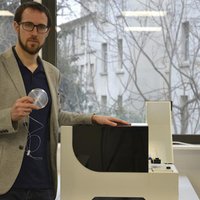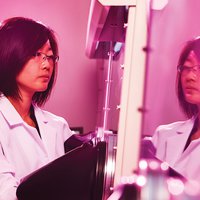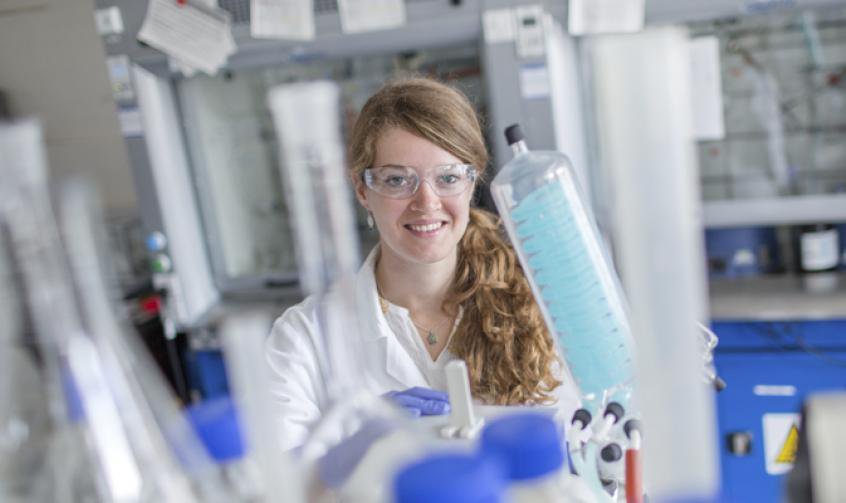"One sixth of the world´s population does not have access to the electric grid. Approximately 80% of these more than 1.2 billion people live in rural areas, primarily in developing countries in Africa and Asia. And another billion people enjoy poor and unstable electrical supplies, which suffer frequent outages and in some cases only operate for a few hours each day. Under these conditions, these populations continue to rely on burning firewood or gasoline-based generators to obtain the electricity their homes and small businesses need.
Clémentine Chambon is a young chemical engineer with a solution to this problem: she builds small, hybrid power stations fueled through photovoltaic and biomass energies. These small and autonomous power stations can supply electricity to a local, self-regulated micronetwork, which can operate in parallel with the existing grid (in the event one exists). This initiative has just positioned Chambon amongst the 10 winners of MIT Technology Review´s Innovators Under 35 France 2016 awards.
Her model is straightforward. ""The electrical micronetwork is designed in collaboration with the local community, according to their needs"", the young, social innovator explains. This way, the system is optimized to ""service homes and allow for business development, which until now has been limited by the lack of electricity"", she adds. The power station that will service this network consists of two parts, a photovoltaic system that meets the daytime electricity demand, and a biomass combustion system that covers the nighttime hours.
""Our objective is not to supersede the existing electrical grid, but rather the backup systems"", which are inefficient and release an important amount of CO2 emissions into the atmosphere, Chambon clarifies. By using biomass, generated from the predominant agriculture industry in the area, each power station is carbon neutral. ""And they can actually act as carbon sinks if the biochar that is produced is used to enrich the soil"", the young engineer points out.
Chambon is currently finalizing her doctorate studies on low-cost biomass processing at the Imperial College of London (England), which she has been pursuing in parallel with the creation of Oorja Solutions, where she holds the position of chief technology officer. The company will build its first pilot power station with this technology in a community close to Uttar Pradesh, the most heavily populated state in India. This region alone, situated to the north of the Asian subcontinent, is home to more than 160 million people with less than four hours of electrical supply each day, on average.
Chambon´s ultimate objective is not to become an energy provider, but rather to become a rural development facilitator. ""Having high quality access to electricity means having the opportunity to provide access to other services that will improve the overall quality of life"", she maintains. For this reason, her business model includes on-site installation of the power station and micronetwork and the sale of the solution to the community once both are fully operational so that it can be maintained autonomously. The revenue from each installation will serve to finance the next installation elsewhere.
In the opinion of the director of the EDF Renewable Energies´ Agency for Energy Development, Alain Picasso, Chambon´s project is ""ambitious and has important and positive externalities"". According to this member of the jury panel for the current edition of MIT Technology Review´s Innovators Under 35 France competition, Chambon demonstrates ""promising project leadership skills, both technically and in regards to communication."""




